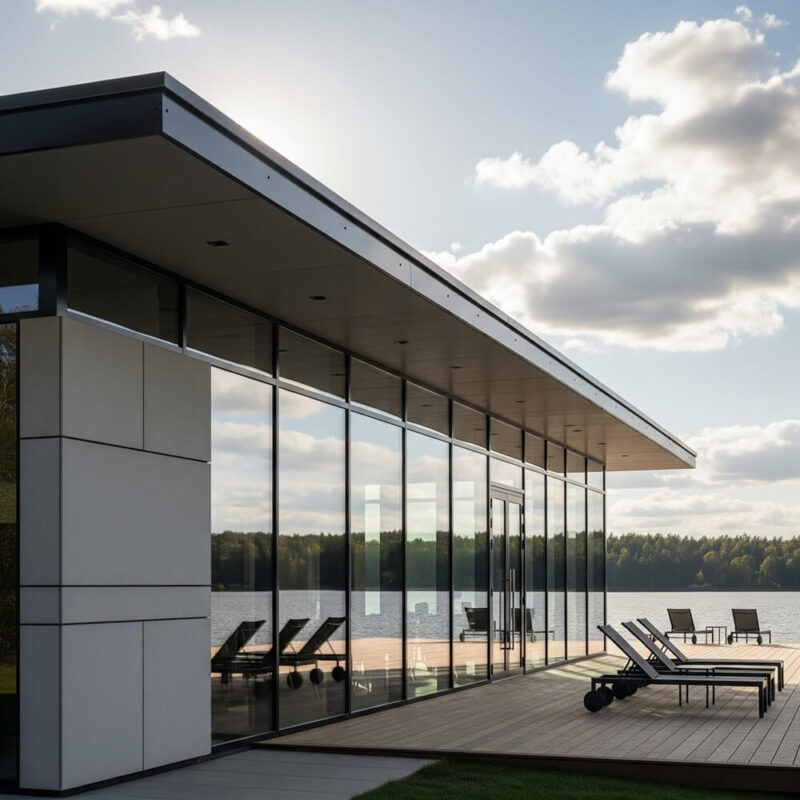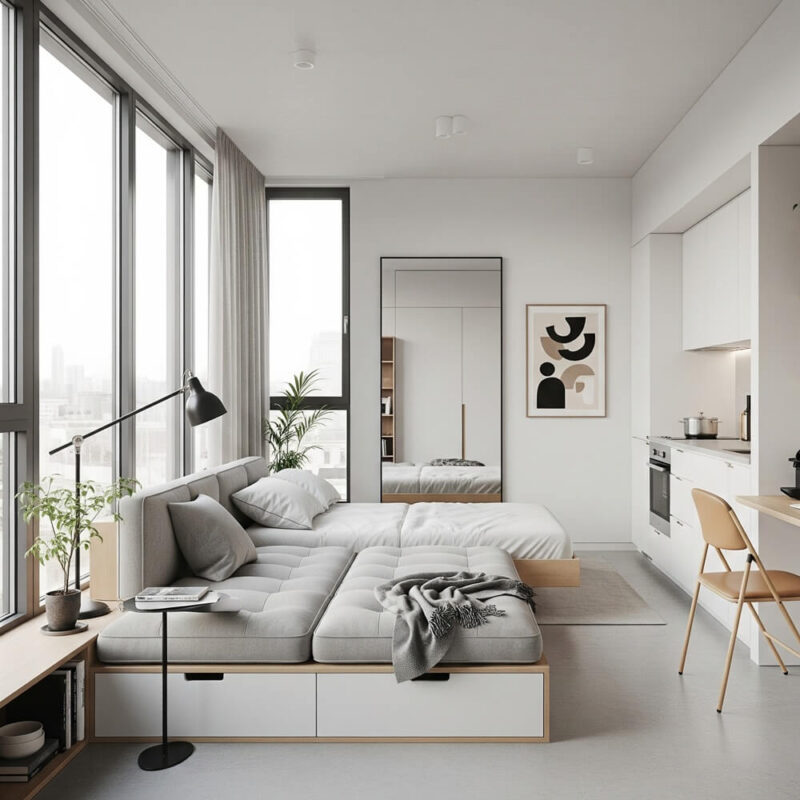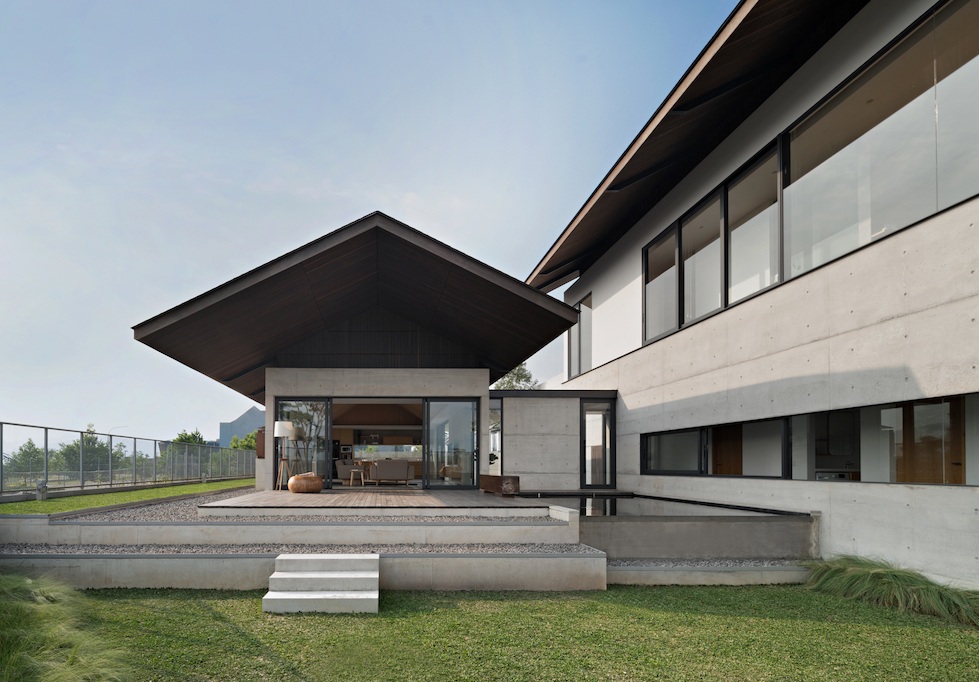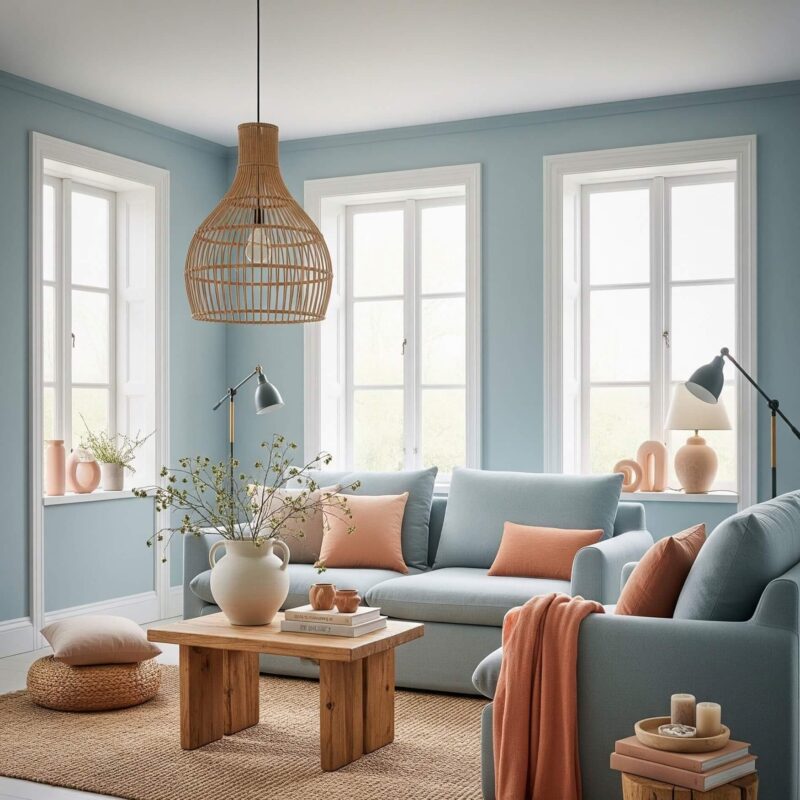Sustainable Interior Design: Your Ultimate Guide to a Beautiful, Eco-Friendly Home
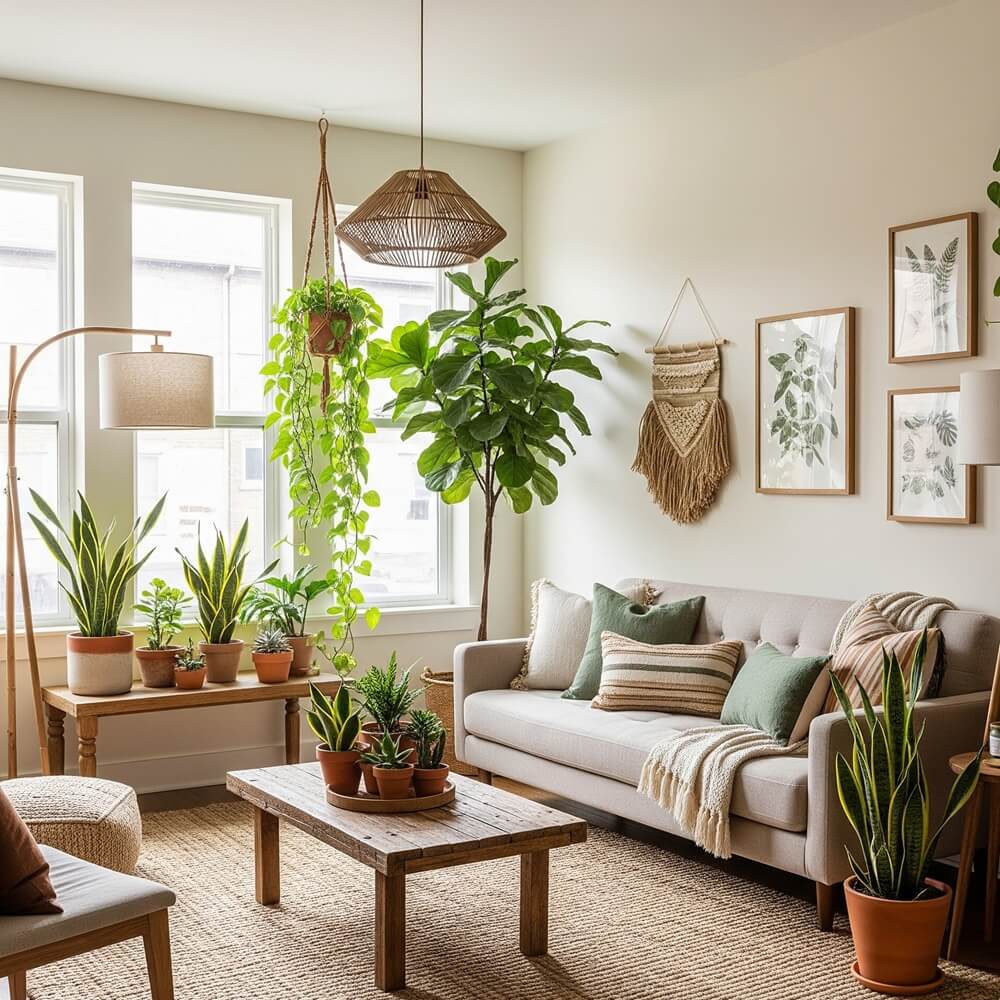
In today’s world, the concept of “home” is evolving. It’s no longer just about aesthetics and comfort; it’s about creating a space that is healthy for us, our families, and the planet. This is the core principle of sustainable interior design. More than just a trend, it’s a mindful approach to creating beautiful, functional spaces that minimize environmental impact.
This guide will walk you through the essential principles, materials, and practices of eco-friendly interior design, helping you transform your home into a greener, healthier sanctuary.
What is Sustainable Interior Design?
At its heart, sustainable interior design is about making deliberate choices to reduce the negative environmental and social impact of our homes. It focuses on several key areas:
- Minimizing Waste: Designing for longevity and using salvaged or upcycled materials.
- Energy Efficiency: Optimizing for natural light, using energy-saving appliances, and improving insulation.
- Material Selection: Choosing materials that are renewable, recycled, non-toxic, and sourced ethically.
- Indoor Air Quality: Selecting products with low or zero volatile organic compounds (VOCs) to ensure a healthier living environment.
Key Principles of Eco-Friendly Interior Design
Creating a green home is a holistic process. Here are the fundamental principles to guide your design decisions:
1. Design for Longevity & Durability
The most sustainable choice is often to buy less. Opt for high-quality, durable furniture and materials that will last for years, reducing the need for frequent replacements and minimizing landfill waste. Look for classic, timeless designs that won’t go out of style.
2. Embrace the Circular Economy
Before you buy new, consider what you can reuse, upcycle, or restore. Reclaimed wood, vintage furniture, and repurposed materials are not only eco-friendly but also add character and a unique story to your space.
3. Prioritize Energy Efficiency
A truly sustainable home is an energy-efficient one. Maximize natural light by using sheer curtains or no window coverings at all. For artificial light, switch to LED bulbs, which use significantly less energy and last longer. Smart home technology can also help you automate lighting and heating to conserve energy.
4. Choose Conscious & Ethical Materials
The materials you choose have a huge impact on your home’s footprint. Look for:
- FSC-Certified Wood: Guarantees that the wood comes from responsibly managed forests.
- Recycled Materials: Such as recycled glass countertops or recycled plastic rugs.
- Bamboo & Cork: Fast-growing, renewable, and durable alternatives to traditional hardwood.
- Organic Textiles: Opt for organic cotton, hemp, or wool for fabrics and carpets to avoid pesticides and harsh chemicals.
Sustainable Materials for Every Room
Here’s a breakdown of eco-friendly materials you can use throughout your home:
- Kitchen: Reclaimed wood for open shelving, recycled glass or concrete countertops, and low-VOC paint.
- Bedroom: Organic cotton bedding, an all-natural latex mattress, and furniture made from FSC-certified wood.
- Living Room: Vintage sofas, chairs upholstered in natural fabrics like linen, and rugs made from jute or sisal.
- Flooring: Bamboo, cork, or reclaimed hardwood floors are excellent, eco-friendly flooring options.
The Benefits of a Sustainable Home
Beyond the positive environmental impact, designing a sustainable home offers tangible benefits for you and your family:
- Improved Health: Fewer toxins and better air quality lead to a healthier living environment.
- Lower Utility Bills: Energy-efficient practices can significantly reduce your monthly costs.
- Timeless Style: A focus on quality, durability, and natural materials often results in a home with a timeless, elegant aesthetic.
Getting Started with Your Eco-Friendly Interior Design Project
You don’t need to overhaul your entire home at once. Start small with these simple steps:
- Educate Yourself: Learn about different sustainable materials and their sourcing.
- Make a Plan: Decide on a room or area to focus on first.
- Support Local: Buy from local artisans and suppliers to reduce transportation emissions.
- Go Green with Paint: Choose zero-VOC paint for your next project.
Conclusion
Sustainable interior design is a journey, not a destination. By making thoughtful and informed decisions, you can create a beautiful home that not only reflects your personal style but also aligns with your values. It’s a powerful way to make a difference, one room at a time.
Related Posts
Transforming Small Spaces: Smart Solutions for Compact Living
-
Posted by
masoud
- 0 comments
Modern Buildings: The Resurgence of Craftsmanship and Local Materials
-
Posted by
masoud
- 0 comments
Mastering Your Home’s Palette: A Comprehensive Guide to Interior Decorating with Color
-
Posted by
masoud
- 0 comments
